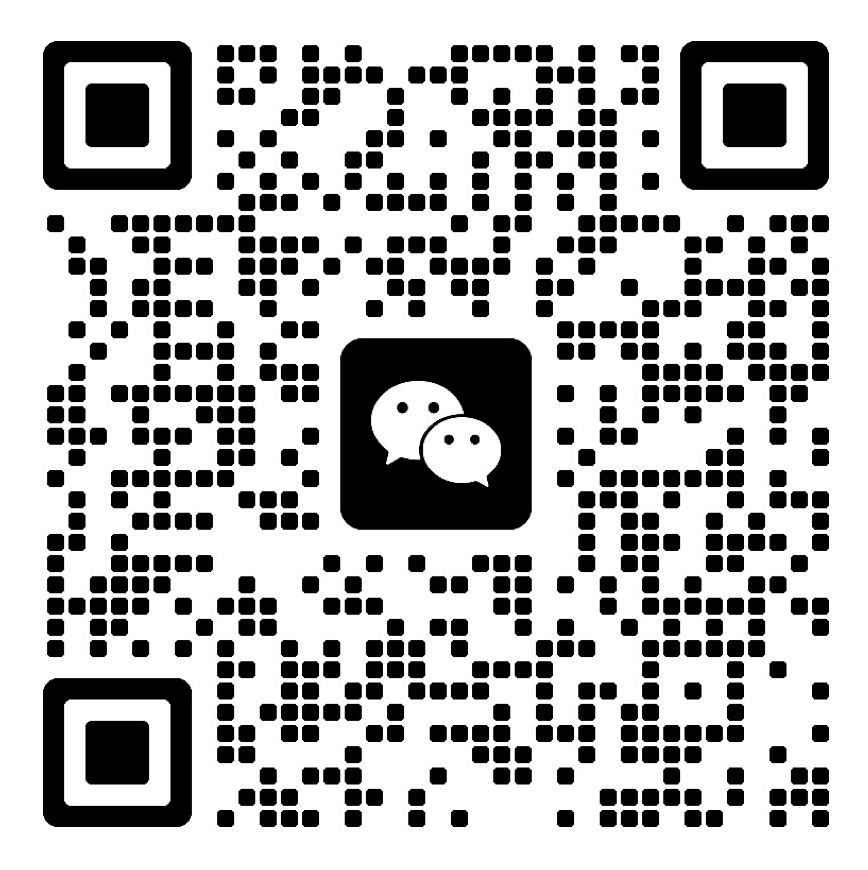
Services
返回Testing Services
Certification Services
- Japanese TELEC certification
- BIS certification
- PSE certification
- JATE certification in Japan
- VCCI Certification in Japan
- IMDA certification
- GCC Certification for Gulf Sev
- Iran COI certification
- Qatar COC Certification
- Iraq COC Certification
- Singapore PSB certification
- Vietnam COC certification
- KUCAS Certification in Kuwait
- KC certification
- EU E-Mark certification
- German GS certification
- REACH certification
- CE-ERP certification
- German TUV-SUD certification
- RED certification
- CE certification in Türkiye
- TSE certification in Türkiye
- Türkiye BTK certification
- European D-MARK certification
- Electrical ENEC certification
- Northern Ireland UKNI logo
- Russian EAC certification
- GOST certification in Russia
- RoHS certification
- ASTM certification
- UL, ETL, CSA, MET, TUV certifi
- FCC Certification in the Unite
- Energy Star
- IC certification
- ul certification
- ETL certification
- CEC certification
- FDA certification
- ASTM certification
- CSA certification
- CPSC Certification in the Unit
- IRAM certification
- Mexico NOM certification
- Ecuador VOC certification
- PVOC certification
- Algeria PCA certification
- Saudi EER Energy Efficiency Ce
- Saudi SABER certification
- Saudi SASO Energy Efficiency C
- Saudi EER Energy Efficiency Ce
- Iraq COC Certification
- Qatar COC Certification
- Iran COI certification
- Qatar COC Certification
- Iran COI certification
- Saudi SABER Certification Gulf
- Saudi SABER certification
- African COC certification
- Kenya PVOC certification
- Nigeria SONCAP certification
- Zimbabwe CBCA Certification
- South African LOA certificatio
- SABS certification in South Af
- Uganda PVOC certification
- Botswana COC Certification
- Zambia COC certification
- COC certification in Burundi
- Ghana COC certification
- Mauritius VOC certification
- Ethiopian VOC and COC certific
- Algeria COC certification
- Gabon COC certification
Register for the record
Systems and Training Services
Laboratory design and construction
Contact Us


National 24-hour service hotline
86+13560405821
Group Headquarters
E-mail: Lymay.zhong@lcs-cert.com
Address: Juji Industrial Park, Xueziwei, Ngabian, Shajing Street, Baoan District, Shenzhen Building A 1~2F, Building C 3F
ASTM certification
Product range:
ASTM is the abbreviation of the American Society for Testing and Materials, and its full name is American Society for Testing and Materials. ASTM was formerly known as the International Association for Testing Materials (IATM). The first meeting of the IATM was held in Europe in 1882 and working committees were formed. In 1902, at the fifth annual meeting of the International Society for Testing and Materials, the official independence of the American chapter was declared, and it was named the American Society for Testing Materials (American Society for Testing Materials)
ASTM certification introduction
ASTM is the abbreviation of the American Society for Testing and Materials, and its full name is American Society for Testing and Materials. ASTM was formerly known as the International Association for Testing Materials (IATM). In the 19s of the 80th century, some people proposed the establishment of a technical committee system, and the technical committee organized representatives from all walks of life to participate in technical symposiums to discuss and solve controversial issues related to material specifications and test procedures. The first meeting of the IATM was held in Europe in 1882 and working committees were formed. At that time, it was mainly research to solve the problem of test methods for steel and other materials. In 1902, at the fifth annual meeting of the International Society for Testing and Materials, the American chapter was officially independent and named the American Society for Testing Materials. With the continuous expansion and development of its business scope, the work center of the society is not only the research and development of material specifications and test method standards, but also the characteristics and performance standards of various materials, products, systems and services, as well as test methods and procedures. In 1961, the organization changed its name to the American Society for Testing and Materials (ASTM), which is still in use today.
ASTM is one of the oldest and largest nonprofit standards academic societies in the United States. After a century of development, ASTM now has 33669,22396 members (individual and group), of which 2004,105817 main committee members serve as technical experts in its various committees. ASTM's technical committees have <> technical subcommittees. <> units participated in the development of ASTM standards, the main task is to develop characteristics and performance standards in the fields of materials, products, systems, and services, test methods and procedures, and promote the development and dissemination of relevant knowledge.
Standard system
ASTM standards development has always adopted a system of voluntary consensus. The standard system is the responsibility of the technical committee and drafted by the standards working group. After voting by technical subcommittees and technical committees, after adopting the common opinion of the majority of members, and voting in favor of the majority of members, the standard is approved and published as an official standard. In the process of standard-setting, every member and any enthusiastic group interested in the preparation has the right to express their views fully, and the Committee studies and processes the comments submitted in order to absorb the correct opinions and suggestions from all sides.
According to ASTM publications, in 1997, ASTM developed 350 new standards, revised 1698 standards, and carried out 2681 standardization activities. As can be seen from these figures, activity is frequent and productive. ASTM standards are now divided into 15 categories (Sections), each category contains different volumes, standard volume (Volume) is published, a total of 73 volumes, more than 10000,1999 standards, published in the form of ASTM standard yearbook. The standard yearbook classifications, volumes and standard numbers for <> are as follows:
Category I Steel products
The second category of non-ferrous metals
The third category is the test method and analysis procedure of metal materials
Category IV Construction materials
Class V Petroleum products, lubricants and fossil fuels
Class VI Paints, related coatings and aromatic compounds
Class VII Textiles and materials
Class VIII Plastics
Class IX rubber
Class X Electrical insulators and electronic products
Category XI Water and environmental technologies
Category XII Nuclear energy, solar energy
Class 13 Medical equipment and services
Class 14 Instrumentation and general test methods
Class 15 General industrial products, special chemicals and consumable materials
numbering method
The ASTM standard number is in the form of:
Standard code + letter classification code + standard serial number + year of formulation + standard English name.
Example:
ASTM A 331M-95 (1996) Standard Specification for Cold Alloy Steel Bars
Illustrate:
1. Metric unit standards with the letter M after the standard serial number, and imperial unit standards without the letter M.
2. The age in parentheses after the development period is the year of re-examination of the standard.
3. a.b.c...... Indicates the revision time.
4. The alphabetical classification codes are:
A – Ferrous metal
B – Non-ferrous metals (copper, aluminum, powder metallurgy materials, wires, etc.)
C – Cement, ceramics, concrete and masonry
D – Various other materials (petroleum products, fuels, low-strength plastics, etc.)
E - Miscellaneous (chemical analysis of metals, fire resistance test, non-destructive test, statistical method, etc.)
F —— Special purpose materials (electronic materials, shockproof materials, surgical materials, etc.)
G – Corrosion, deterioration and degradation
of materials The type of data in the ASTM standard
Technical Specification
Guidance
Test Method
Classification
Standard Practice
Terminology
Definition
Also included: Test Report and the type of ASTM standard for test method usability
1. Test Method: A definite process of identifying, measuring and evaluating one or more properties, characteristics or properties of materials, products, systems or services that produce test results.
2. Standard Specification: A precise description of how a material, product, system or service meets a set of requirements, including procedures for determining how to meet each requirement.
3. Standard Practice: The process of performing one or more specific operations or functions that do not produce test results.
4. Standard terminology: A document composed of terms, term definitions, term descriptions, symbol descriptions, abbreviations, etc.
5. Guidance: A series of choices or instructions that do not recommend a specific course of action.
6. Standard Classification: Grouping materials, products, systems or service systems according to the same characteristics.
Large-scale experimental base
Professional Lab
Analysis Method
Testing/year




 WeChat Inquiry
WeChat Inquiry
